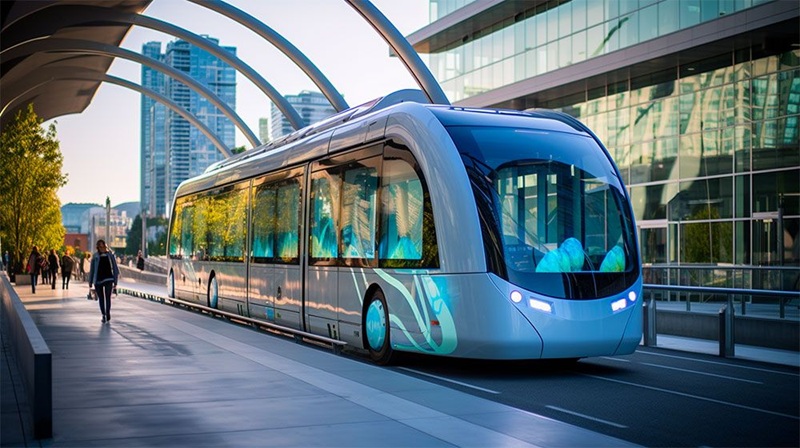The rapid adoption of electric vehicles in Singapore has transformed the cityscape in ways few could have imagined just a decade ago. As the island nation grapples with its unique spatial constraints and environmental challenges, these silent, emissions-free modes of transport have emerged as both practical necessity and powerful symbol of Singapore’s commitment to sustainable development. The gleaming EVs that now hum along the city’s immaculate roads tell a story of ambition, innovation and the sometimes painful evolution of urban mobility.
The Singapore EV Landscape: A Revolution in Progress
Singapore’s relationship with the automobile has always been complicated. Unlike its neighbours, the city-state deliberately made car ownership prohibitively expensive through its Certificate of Entitlement system. This wasn’t mere caprice but pragmatic recognition of geographical reality: a tiny island cannot sustain unlimited vehicles without surrendering to gridlock and pollution.
Electric vehicles arrived on these shores like a whisper rather than a shout. Their early adopters faced challenges both practical and psychological:
· Range anxiety in a country where the furthest possible journey is barely 50 kilometres
· Initial scarcity of charging infrastructure
· Eye-watering price tags even by Singapore’s standards
· Cultural resistance to technological change
Yet the government’s vision was clear. By 2040, Singapore aims for all vehicles to run on cleaner energy, with internal combustion engines becoming relics of a less enlightened past.
The Numbers Tell Their Own Story
The statistics around Singapore’s EV adoption paint a compelling picture of transformation:
“Singapore saw a 400% increase in electric vehicle registrations between 2020 and 2023, despite the pandemic’s economic challenges.” – Land Transport Authority, 2023
This surge reflects both policy intervention and shifting consumer sentiment. Other notable figures include:
· Over 3,700 charging points now available across the island, up from fewer than 1,000 in 2020
· Electric vehicles constituting approximately 12% of new car registrations in 2023
· Government incentives reducing EV prices by up to S$45,000 through the Electric Vehicle Early Adoption Incentive
Most tellingly, the price gap between comparable electric and petrol models has narrowed significantly, approaching parity for certain categories of vehicle.
The Unique Challenges of Going Electric in Singapore
The transition hasn’t been without its thorns. Singapore’s predominantly high-rise living presents distinctive challenges for EV ownership. When I visited an HDB estate in Toa Payoh, residents spoke of “charging anxiety” – not the fear of running out of power, but the uncertainty of finding an available charging point when needed.
“It’s like musical chairs,” explained resident Michael Tan. “There are six charging points for over forty electric vehicles in our block. We’ve developed an informal system of messaging each other when we’re done, but it’s far from ideal.”
The tropical climate presents another challenge. Battery efficiency decreases in extreme heat, and Singapore’s consistent 30°C+ temperatures and high humidity create suboptimal conditions for maximising range.
The Infrastructure Revolution
Singapore’s approach to infrastructure development has always been methodical rather than explosive, and this philosophy extends to its EV charging network. Rather than a haphazard proliferation of charging points, authorities have pursued strategic placement:
· Integration with existing petrol stations
· Mandatory provision in new residential developments
· Upgrading of electrical capacity in older HDB estates to support charging demand
· Experimental fast-charging hubs that can replenish batteries to 80% in under 30 minutes
The Urban Redevelopment Authority has collaborated with energy providers to develop a masterplan ensuring that by 2030, no Singaporean will be more than a 10-minute drive from a charging station – a convenience that even traditional fuel vehicles cannot claim.
Environmental Impact: Beyond the Obvious
While the environmental benefits of EVs are widely touted, Singapore’s case offers nuanced insights. The city-state generates approximately 95% of its electricity from natural gas – cleaner than coal, certainly, but not renewable. This means that electric vehicles here effectively shift emissions from tailpipes to power plants.
“Even accounting for current electricity generation methods, EVs in Singapore produce approximately 50% fewer lifetime emissions than comparable petrol vehicles.” – Singapore Environment Council, 2023
This reality hasn’t escaped policymakers. The nation’s Green Plan 2030 includes ambitious targets for solar energy deployment, with floating photovoltaic installations on reservoirs already contributing to the national grid. As electricity generation becomes greener, so too will the environmental credentials of electric vehicles.
The Cultural Shift
Perhaps the most fascinating aspect of Singapore’s EV revolution is not technological but cultural. In a society that has long viewed cars as ultimate status symbols, electric vehicles initially faced resistance. They were seen as compromised alternatives – admirable in principle but inferior in practice.
This perception has undergone a remarkable transformation. Today, the quiet luxury of an electric vehicle – its silent acceleration, cutting-edge technology, and environmental virtue – has become a status marker in its own right. When I attended a luxury car showcase at Marina Bay, the crowds gathered not around Italian supercars but the latest Tesla and Polestar models.
Looking Forward: The Road Ahead
Singapore’s electric vehicle journey remains in its early chapters. The coming years will likely bring developments that render today’s challenges obsolete:
· Solid-state batteries promising greater energy density and faster charging
· Vehicle-to-grid technology allowing EVs to contribute power back to the network during peak demand
· Autonomous electric vehicles transforming the very concept of car ownership
· Integration of renewable energy sources with charging infrastructure
The city-state’s compact size, advanced infrastructure, and technocratic governance make it an ideal laboratory for electric mobility solutions. Innovations proven here can be scaled and adapted to other urban environments across Southeast Asia and beyond.
Conclusion
Singapore’s electric vehicle story reflects its broader national narrative – one of transformation through purposeful adaptation. From reluctant experiment to enthusiastic embrace, the journey of EVs on this island mirrors countless other innovations that have remade Singapore since independence. What began as environmental necessity has evolved into economic opportunity and cultural phenomenon. As the nation continues its green transition, the future looks increasingly bright for electric vehicles in Singapore

